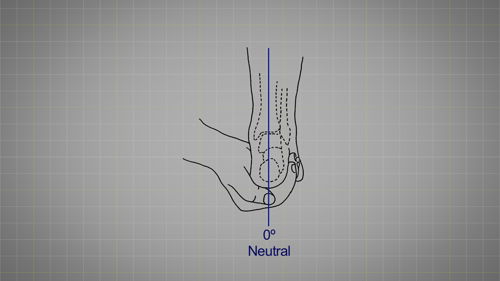Joint Movement
Joint movements
- Hypermobility is a common feature of development in healthy children i.e., the term reflects an increased range of movement compared to controls; it is more evident in younger children, females and certain ethnic populations (e.g., Indian children are more flexible than white Caucasian children).
- More Information about hypermobility is given in the section on Variants.
- Different types of joint move in different planes.
- Hip and shoulder are 'ball and socket' joints that optimise movement.
- The knee and elbow are hinge joints.
- The ankle and wrist joints allow movement in several different directions.
- Describing joint and limb movements
- Abduction Movement away from the mid-line of the body
- Adduction Movement towards the mid-line of the body
- Extension Straightening limbs at a joint
- Flexion Bending the limbs at a joint.
- Rotation A circular movement around a fixed point
Some examples of joint ranges of movement and how they are described
Hand and Wrist - flexion and extension
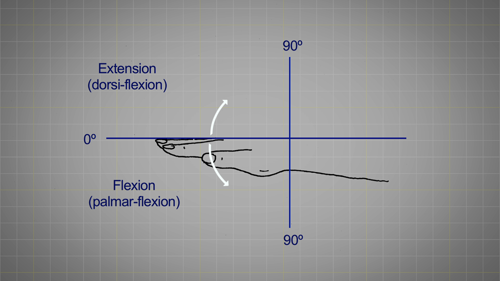
Hand and Wrist - radial and ulnar deviation
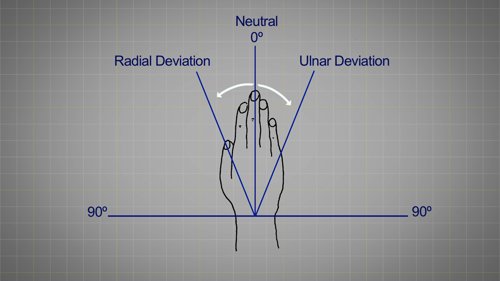
Wrist - supination and pronation
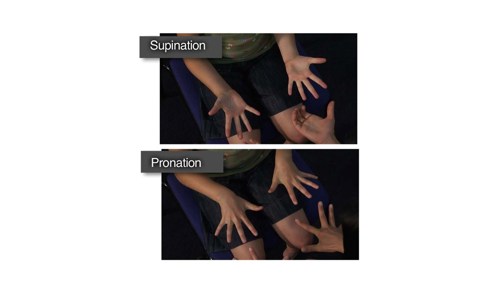
Elbow - flexion and extension
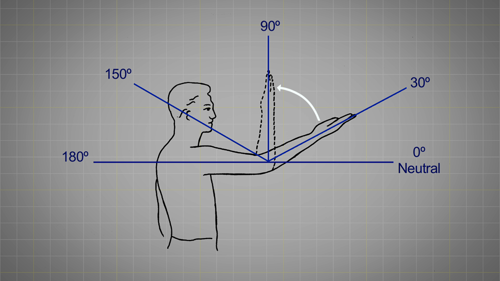
Shoulder - internal and external rotation in shoulder abduction
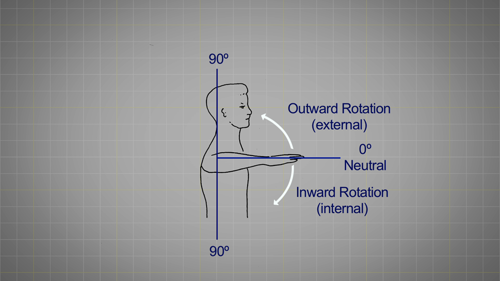
Shoulder - abduction and glenohumeral rotation
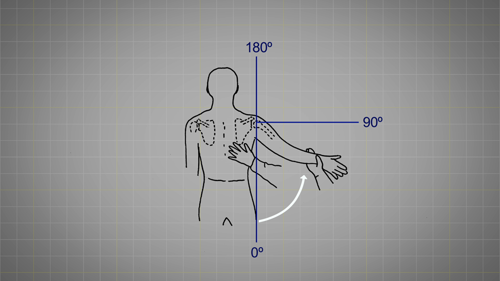
Hip - Abduction
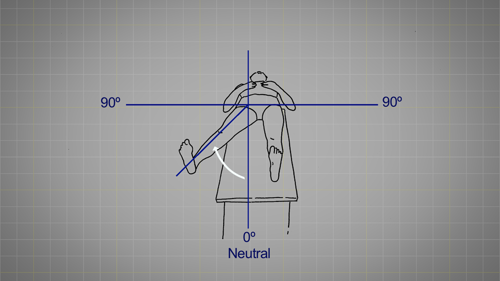
Hip - Extension
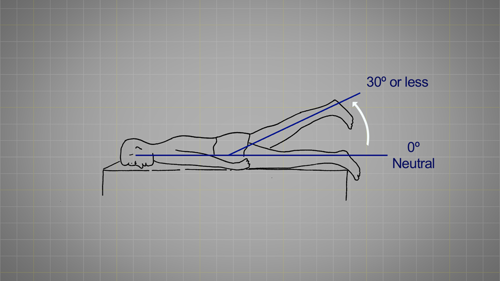
Knee - flexion and extension
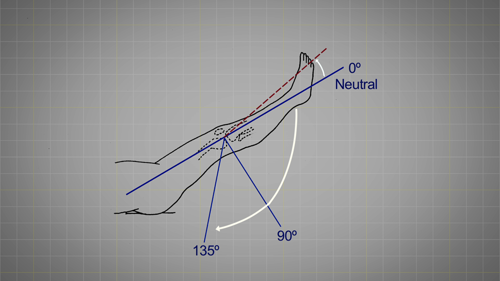
Foot and ankle - inversion
